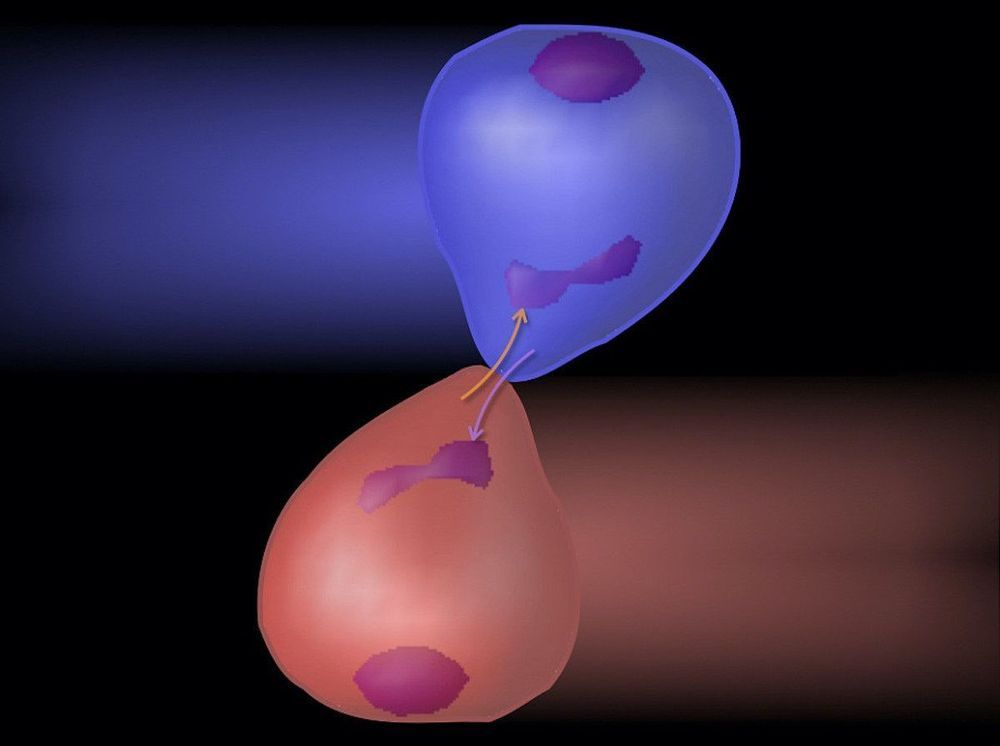Jul 29, 2020
Google wins MLPerf benchmark contest with fastest ML training supercomputer
Posted by Genevieve Klien in categories: robotics/AI, supercomputing
Fast training of machine learning (ML) models is critical for research and engineering teams that deliver new products, services, and research breakthroughs that were previously out of reach. Here at Google, recent ML-enabled advances have included more helpful search results and a single ML model that can translate 100 different languages.
The latest results from the industry-standard MLPerf benchmark competition demonstrate that Google has built the world’s fastest ML training supercomputer. Using this supercomputer, as well as our latest Tensor Processing Unit (TPU) chip, Google set performance records in six out of eight MLPerf benchmarks.

















